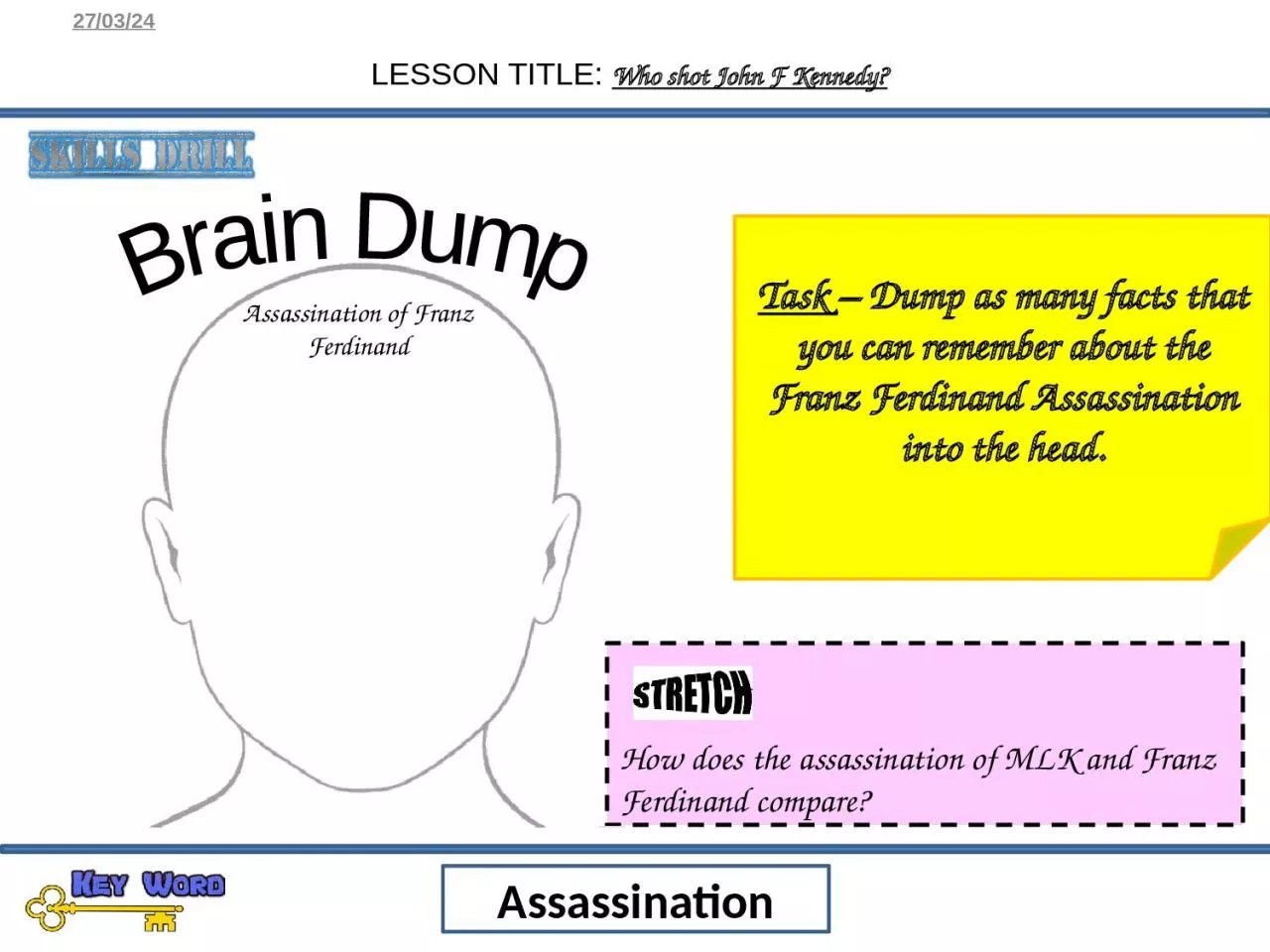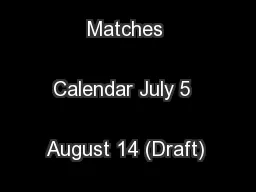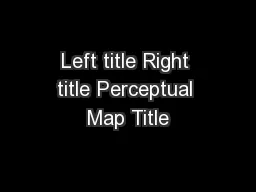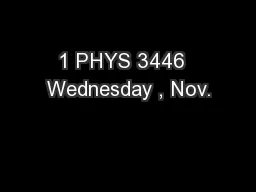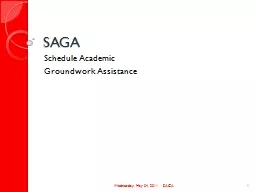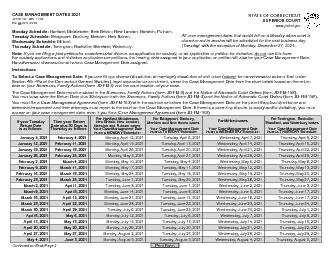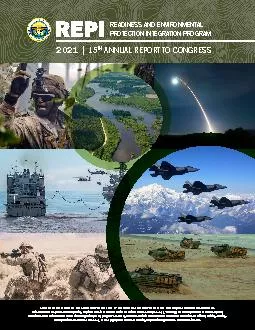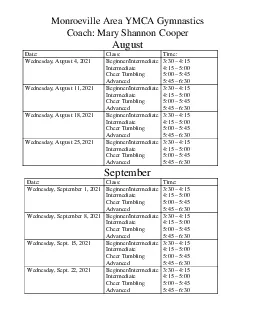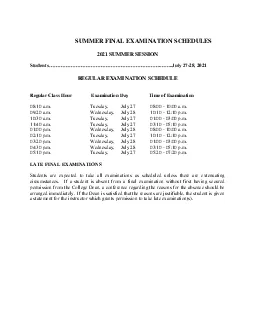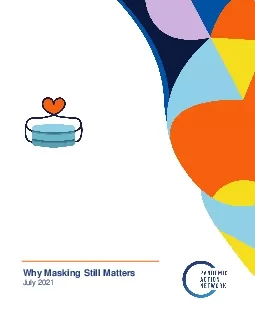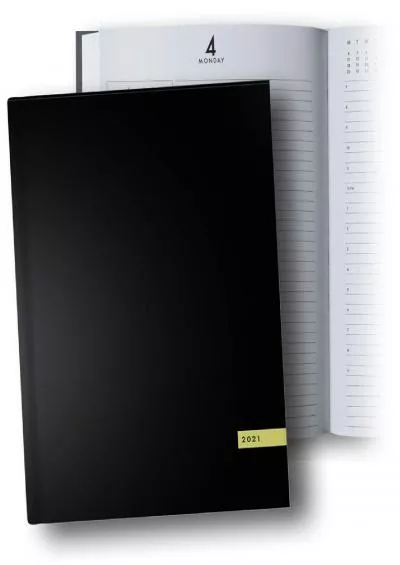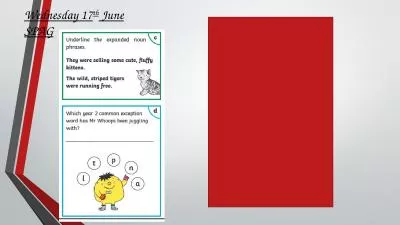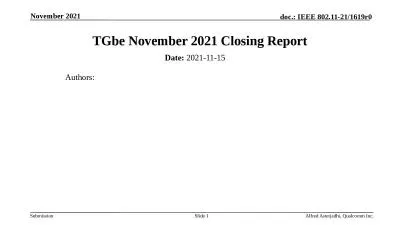PPT-Wednesday, 07 July 2021 LESSON TITLE:
Author : oneill | Published Date : 2023-09-18
Who shot John F Kennedy Assassination How does the assassination of MLK and Franz Ferdinand compare Task Dump as many facts that you can remember about the Franz
Presentation Embed Code
Download Presentation
Download Presentation The PPT/PDF document "Wednesday, 07 July 2021 LESSON TITLE:" is the property of its rightful owner. Permission is granted to download and print the materials on this website for personal, non-commercial use only, and to display it on your personal computer provided you do not modify the materials and that you retain all copyright notices contained in the materials. By downloading content from our website, you accept the terms of this agreement.
Wednesday, 07 July 2021 LESSON TITLE:: Transcript
Download Rules Of Document
"Wednesday, 07 July 2021 LESSON TITLE:"The content belongs to its owner. You may download and print it for personal use, without modification, and keep all copyright notices. By downloading, you agree to these terms.
Related Documents

